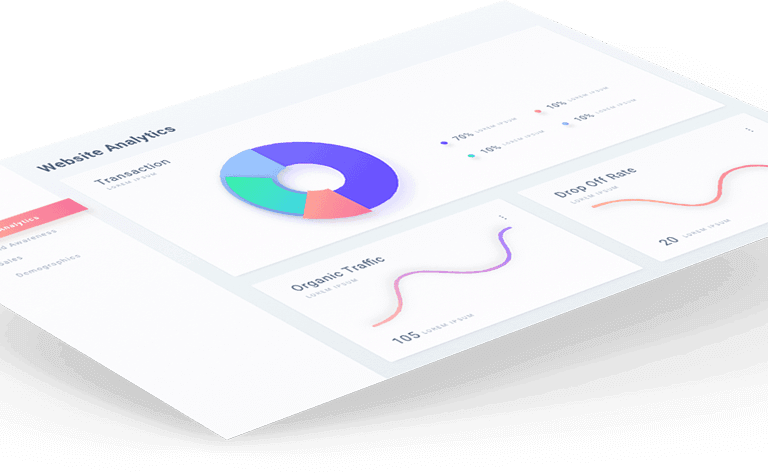Managing a fleet of vehicles is not easy. So, it’s understandable to make a few mistakes here and there. But sometimes, fleet managers make common mistakes that could harm their business. And it’s essential to be aware of these mistakes to avoid them.
1. Failing To Assess Your Preventative Maintenance Schedules
The conventional approach to managing maintenance schedules is to fix the problem once it occurs. This may seem like a practical idea. But that’s not the right approach.
“As a fleet manager, your first step should be to plan ahead and think of some preventative maintenance you could do to keep your vehicles in good shape. This will help you to alleviate the risk of breakdown, resulting in lost work time, higher repair costs and vehicle downtime.”

2. Not Having A Comprehensive Vehicle Maintenance Process
Fleet managers need to have a clear and step-by-step process for managing their vehicles. Each step should have a specific goal and a time frame for completion.
For example, let’s say an employee is taking out a vehicle for delivery. It’s important that they follow a preventative maintenance checklist before leaving the premises. They need to follow this checklist to ensure that their vehicle is in good shape – and to prevent them from getting into any traffic accidents on the way.
Another example is when the vehicle is brought back to the fleet lot. The fleet supervisor should immediately check if the vehicle got any damage while being driven around. If the vehicle requires maintenance, the fleet manager should immediately arrange the service and notify the driver.
3. Not Having A Vehicle Tracking System
Drivers tend to adopt different approaches to managing their vehicles. Some may keep track of their mileage, while others prefer to complete their daily logs.
But no matter how well a driver keeps track of their vehicle, the fleet manager needs to do a spot check every once in a while. This is because sometimes, drivers may not be aware of some minor damages on the vehicle – and only realise them when they’re filling up their logs or completing an inspection sheet.
By using a vehicle tracking system, fleet managers could easily spot any potential problems and drive down the cost of maintenance. That’s because they’ll be alerted every time a driver makes an unusual stop or uses the vehicle over a certain period.
4. Overusing Or Underusing Vehicles
Overusing a vehicle could mean that the vehicle is being driven too much. This could cause unnecessary wear and tear on the vehicle, resulting in more frequent breakdowns. On the other hand, underusing a vehicle could mean that the vehicle is not being used enough. This could also result in higher repair costs and downtime.
To avoid both of these problems, the fleet manager should schedule their vehicles based on the expected mileage. Ideally, the fleet manager should calculate the number of miles one vehicle can be driven under normal conditions. Then a schedule can be set according to the vehicles’ mileage to ensure that all vehicles are used at their best.
To Conclude:
Managing a fleet of vehicles is not easy. It takes a lot of effort to ensure that your fleet is in good shape. But with a few simple tricks of the trade, you can eliminate many of the common fleet management mistakes that could be costing your company money.
With Linxio, maintaining your fleet vehicles is easier through our future-ready telematics solutions that offer real-time vehicle tracking, geofencing alerts and notifications, digitised logbooks and better driver communication.




